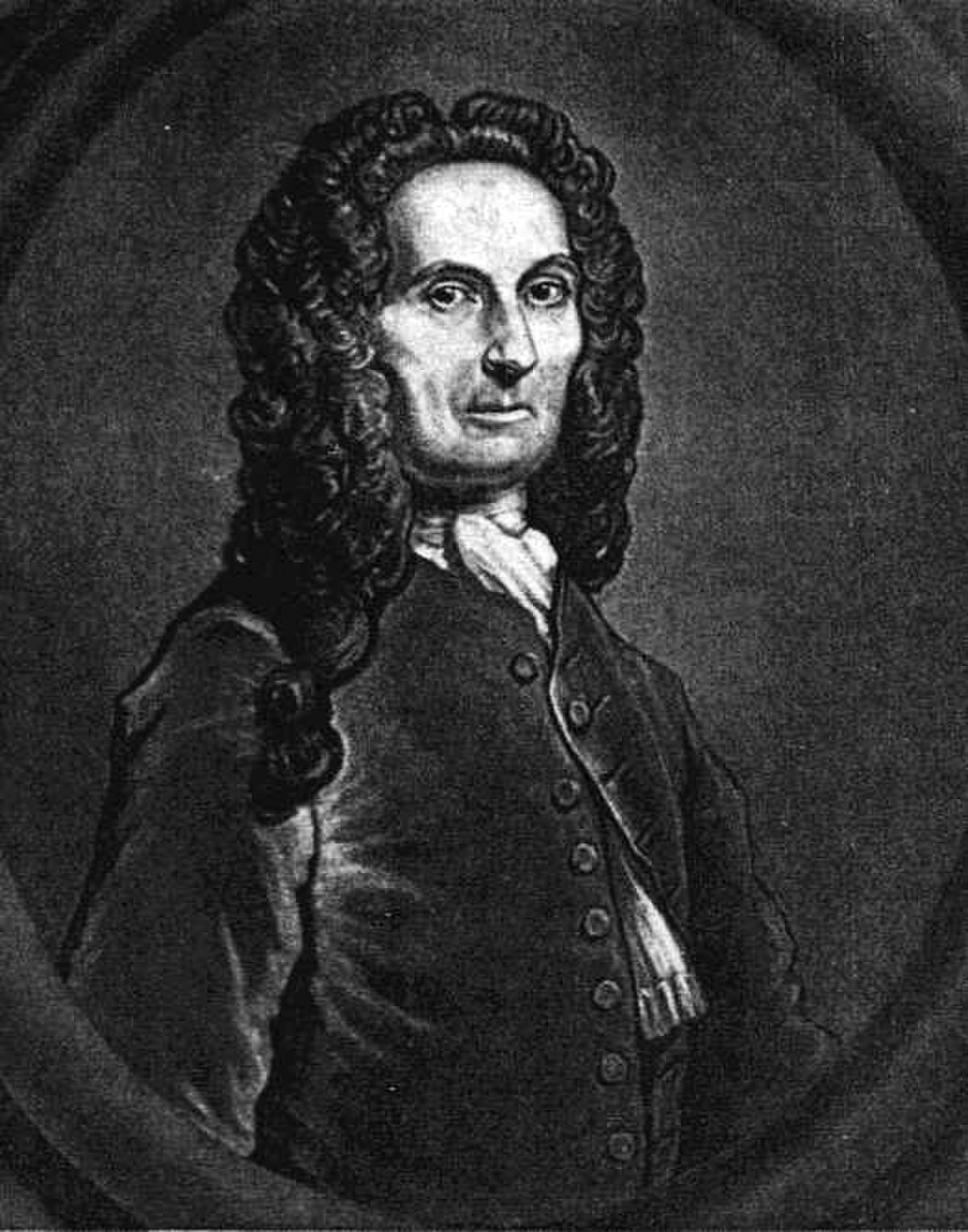
Normal Distribution
FranceIn statistics, a normal distribution or Gaussian distribution is a type of continuous probability distribution for a real-valued random variable. Normal distributions are important in statistics and are often used in the natural and social sciences to represent real-valued random variables whose distributions are not known.[124] Their importance is partly due to the central limit theorem. It states that, under some conditions, the average of many samples (observations) of a random variable with finite mean and variance is itself a random variable—whose distribution converges to a normal distribution as the number of samples increases. Therefore, physical quantities that are expected to be the sum of many independent processes, such as measurement errors, often have distributions that are nearly normal.[125] Some authors[126] attribute the credit for the discovery of the normal distribution to de Moivre, who in 1738 published in the second edition of his "The Doctrine of Chances" the study of the coefficients in the binomial expansion of (a + b)n.
